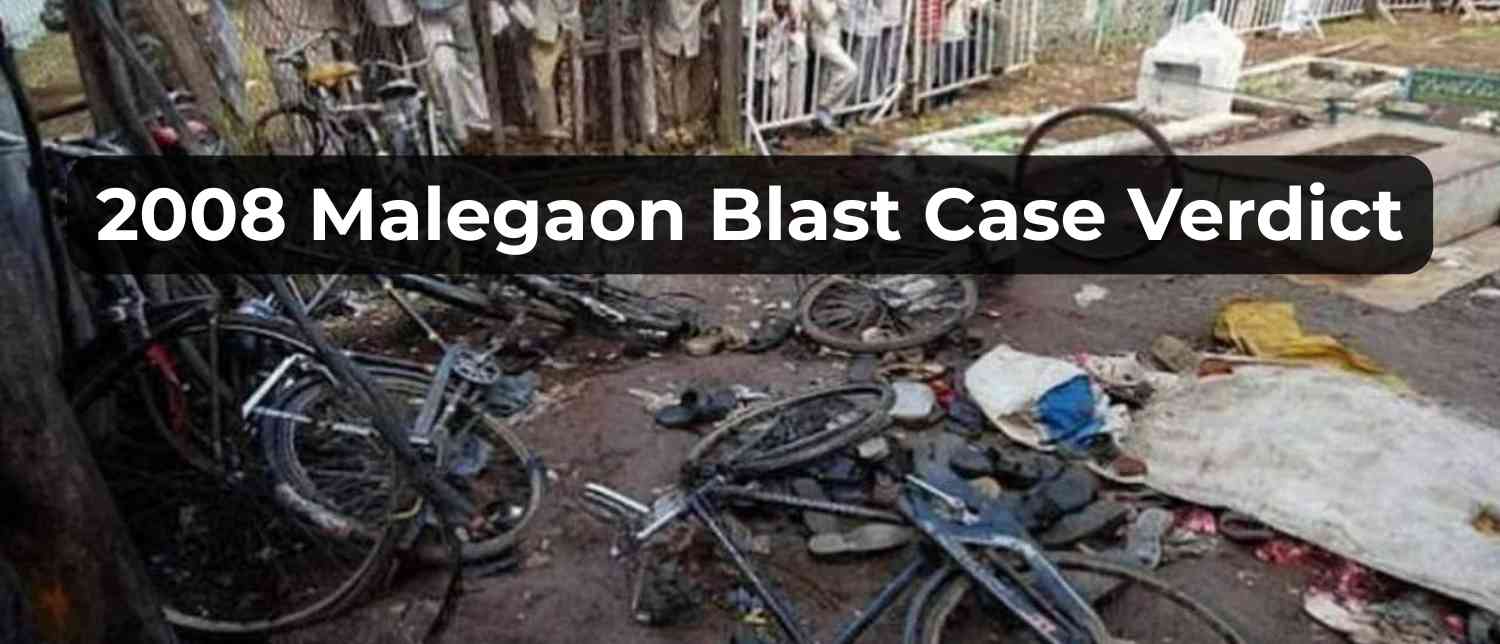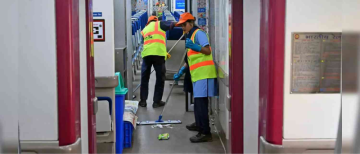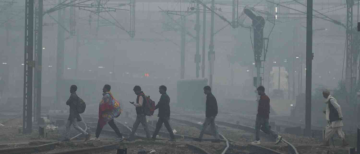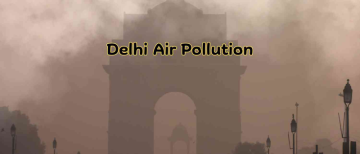On 31st July 2025, a special National Investigation Agency (NIA) court in Mumbai acquitted all seven accused in the 2008 Malegaon blast case, marking the conclusion of one of India's longest-running terror trials. Among those exonerated were BJP MP Pragya Singh Thakur, Lt Col Prasad Purohit, and five others, bringing an end to a 17-year journey mired in political controversy, investigative twists, legal battles, and emotional scars.
This landmark verdict has reignited debates about the alleged fabrication of the "Hindu terror" narrative during the Congress-led UPA regime and the use of investigative agencies to allegedly frame individuals from Hindu organisations.
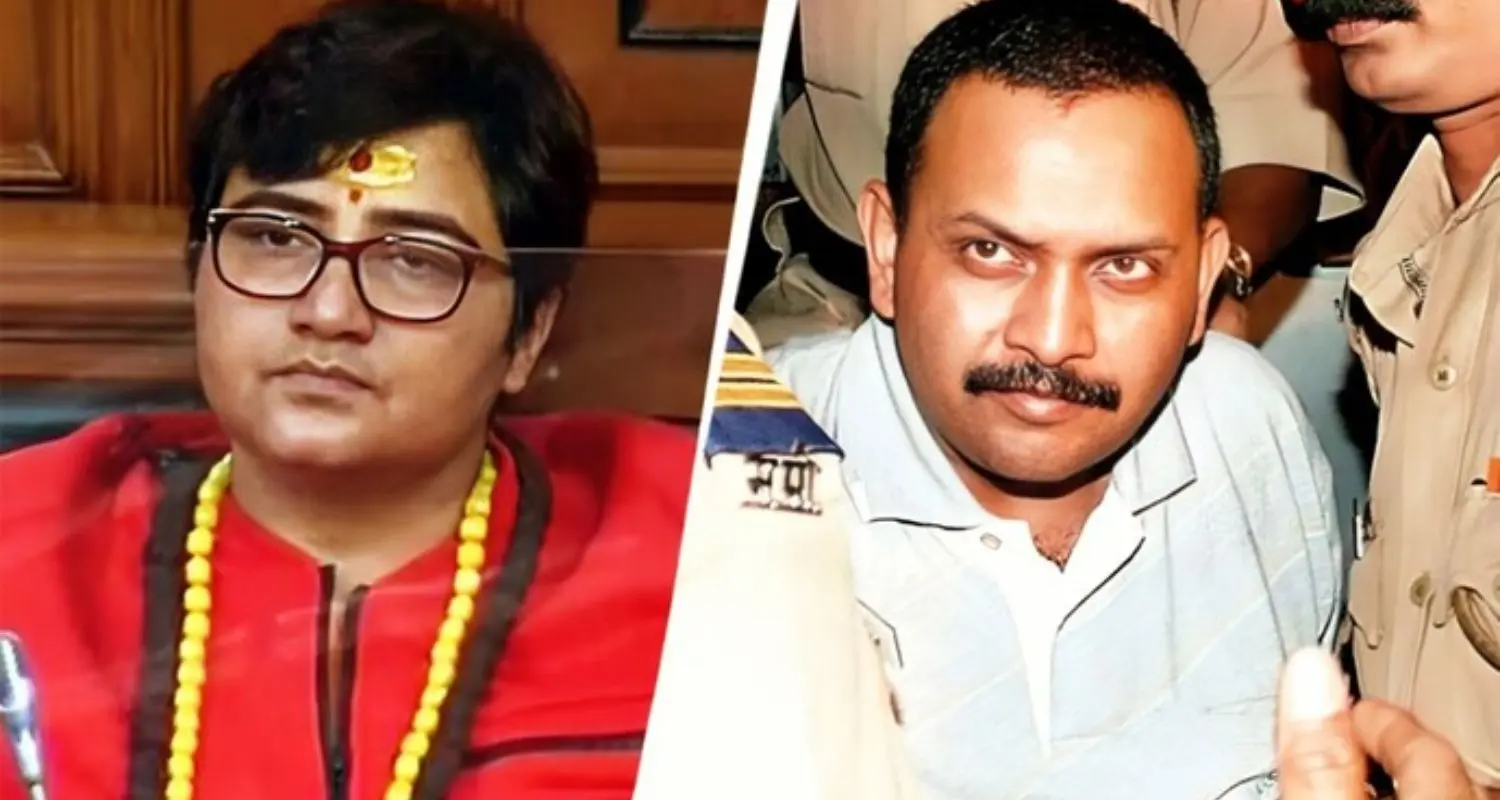
The Malegaon Blast: What Happened in 2008?
On the evening of 29th September 2008, a low-intensity bomb exploded near Bhikku Chowk in Malegaon, a Muslim-majority town in Maharashtra's Nashik district. The incident occurred during the holy month of Ramadan, just days before Navratri, raising immediate concerns about an attempt to incite communal violence.
The explosion claimed the lives of six people and injured between 95 to 100 others, creating panic in an already sensitive region. Investigators discovered that the IED (Improvised Explosive Device) was strapped to a motorcycle parked in the crowded area.
An FIR was filed on 30th September at Azad Nagar Police Station, setting into motion a probe that would become one of India’s most politically sensitive and legally enduring investigations.
Early Investigation: Maharashtra ATS Steps In
By 21st October 2008, the Maharashtra Anti-Terrorism Squad (ATS) had taken over the investigation. Under the leadership of the late Hemant Karkare, the ATS claimed the motorcycle used in the blast was registered to Sadhvi Pragya Singh Thakur, prompting her arrest just two days later.
This was the first instance in Indian history where a terrorist attack was attributed to alleged members of Hindu organisations. The narrative shook the nation and paved the way for the controversial phrase “Hindu terror” to enter India’s political vocabulary.
On 23rd October, Sadhvi Pragya, along with three others, was arrested. Subsequently, Lt Col Shrikant Prasad Purohit was taken into custody in November 2008. He was accused of procuring RDX, recruiting operatives, and facilitating ideological indoctrination through his association with Abhinav Bharat, a Hindu nationalist group that the ATS sought to portray as a terrorist outfit.
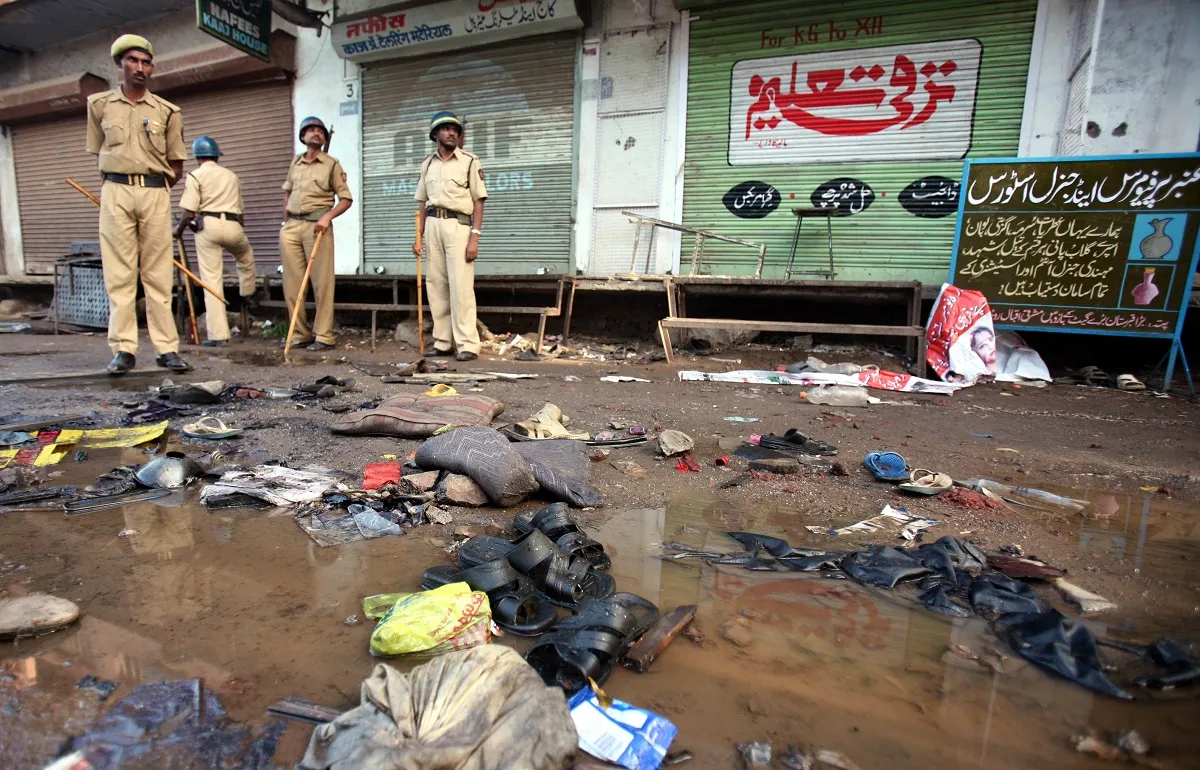
2009–2010: Charges Filed Amid Rising Political Tensions
On 20th January 2009, the ATS filed a 4,000-page chargesheet implicating 11 individuals, including Thakur and Purohit, under stringent laws such as:
-
Indian Penal Code (IPC)
-
Unlawful Activities (Prevention) Act (UAPA)
-
Maharashtra Control of Organised Crime Act (MCOCA)
The ATS’s case heavily relied on confessional statements, many of which were allegedly obtained under duress. Notably, the agency claimed that the attack was an act of revenge for Islamic terror incidents.
Meanwhile, Congress leaders, including Rahul Gandhi, allegedly downplayed the threat of Islamist terrorism while promoting the “radical Hindu” theory in diplomatic circles. Digvijaya Singh publicly referred to “saffron terror,” and Home Minister Sushilkumar Shinde echoed the sentiment in Parliament—statements that would become politically explosive for years to come.
2011–2016: The Case Shifts to NIA – A New Perspective Emerges
In April 2011, the case was transferred to the NIA, which re-registered the FIR and began its own investigation. By 2016, the agency took a drastically different stance, dropping charges under MCOCA and questioning the foundation of the ATS's narrative.
Key revelations by the NIA included:
-
The bike used in the blast belonged to Thakur but was allegedly in the possession of Ramchandra Kalsangra, an absconding accused, for over 1.5 years before the incident.
-
Several witnesses recanted their statements or were found to be unreliable.
-
Multiple accused were allegedly tortured to extract false confessions.
-
There were irregularities in medical records, and some injuries were possibly fabricated to exaggerate the blast’s impact.
On 13th May 2016, the NIA filed a supplementary chargesheet that cleared several accused, though it retained UAPA and IPC charges for Thakur, Purohit, and five others.
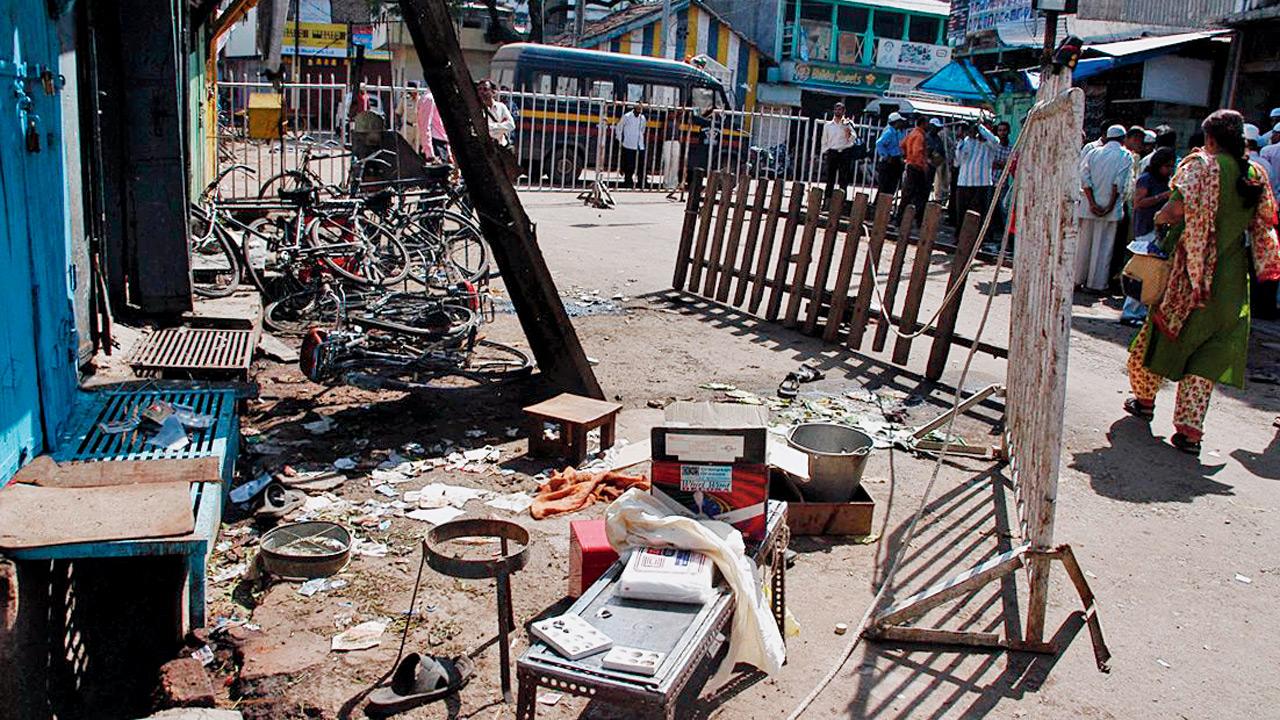
2017–2018: Bail and Pre-Trial Developments
In April 2017, Thakur was granted bail on health grounds by the Bombay High Court. Purohit followed in September 2017 after the Supreme Court intervened.
Three others—Shivnarayan Kalsangra, Shyam Sahu, and Praveen Mutalik Naik—were discharged by the special court in September 2017 due to insufficient evidence. Still, seven accused remained to face trial under:
-
UAPA Sections 16 & 18
-
IPC Sections 302, 307, 120(b), 324, and 153(a)
-
Explosive Substances Act
The trial began on 30th October 2018, with over 323 prosecution witnesses called to testify. Notably, 37 turned hostile, further weakening the prosecution's case.
2023–2025: Final Proceedings and Judgement
By September 2023, the prosecution had closed its case. The defence examined eight witnesses by July 2024, while the court recorded over 10,800 exhibits and confiscated more than 400 physical items.
The accused, including Pragya Thakur—who battled cancer and other serious health issues—shared harrowing accounts of alleged torture by ATS officials meant to coerce confessions.
In April 2025, the prosecution and defence concluded final arguments. A detailed 1,300-page written submission accompanied the oral arguments. The verdict was reserved on 19th April 2025.
Special Judge A. K. Lahoti postponed the ruling in May, citing the massive volume of documents. Finally, on 31st July 2025, the NIA court delivered its long-awaited verdict: complete acquittal for all seven accused.
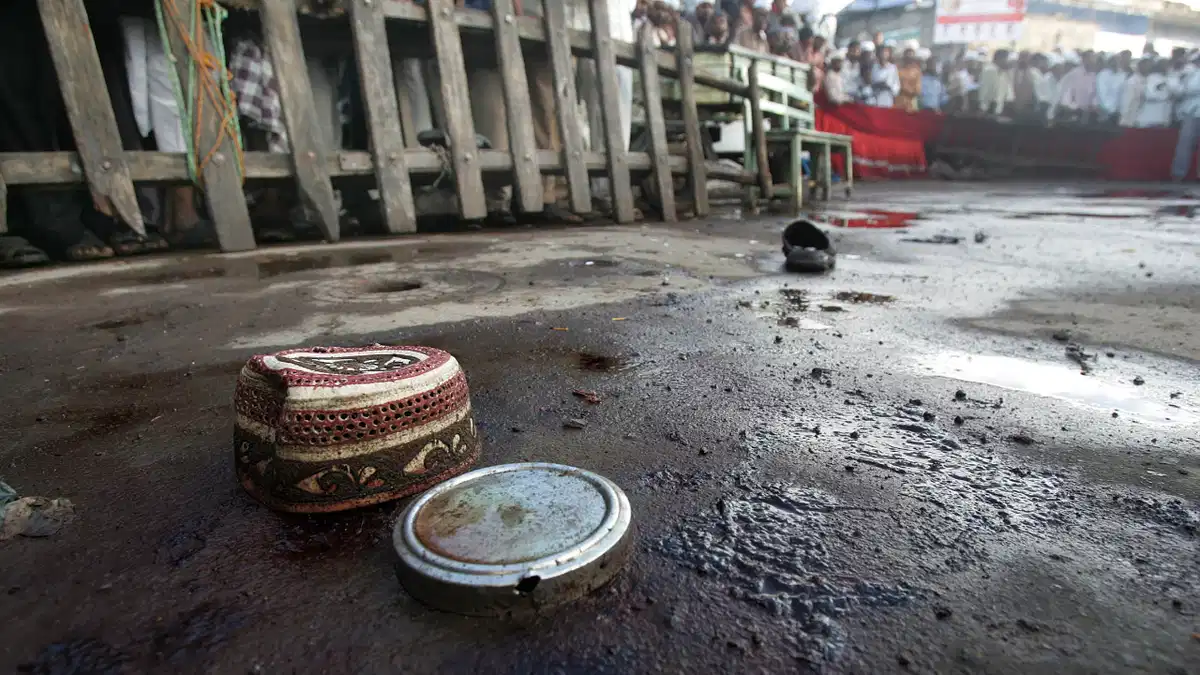
A Verdict with Political Reverberations
The court’s verdict didn’t just clear individuals—it effectively discredited the “Hindu terror” narrative that had dominated headlines and political debates for over a decade. Union Home Minister Amit Shah, speaking in Parliament, stated:
“Today I proudly declare to the world and the people of the country that a Hindu can never be a terrorist. Hindus can never be terrorists.”
Many viewed the entire episode as a politically motivated witch-hunt engineered during the Congress-led UPA era. Investigative lapses, questionable confessions, and contradictory witness statements painted a grim picture of state-sponsored narrative building, where religious identity seemingly outweighed evidentiary integrity.
Aftermath and Reflection
For the acquitted, the verdict marks a bittersweet closure. Seventeen years of their lives were consumed by court dates, defamation, health issues, and personal ruin. Sadhvi Pragya and Col Purohit have both spoken about their ordeal—highlighting mental, physical, and emotional trauma at the hands of state agencies.
This case is now being viewed as a cautionary tale on the misuse of anti-terror laws, media trials, and politically influenced narratives. It also calls for greater scrutiny into how terror investigations are handled in India—urging a system where facts, not ideologies, dictate justice.
Justice Delayed but Delivered
The 2008 Malegaon blast case will forever remain etched in Indian judicial and political history—not just for the tragedy that triggered it, but for the institutional failings and politicisation that followed.
While justice may have taken 17 years, the final verdict has vindicated the accused and exposed the dangers of prejudiced prosecutions. Moving forward, it serves as a potent reminder that truth cannot remain buried forever, even under the weight of ideology, politics, or propaganda.
With inputs from agencies
Image Source: Multiple agencies
© Copyright 2025. All Rights Reserved. Powered by Vygr Media.

